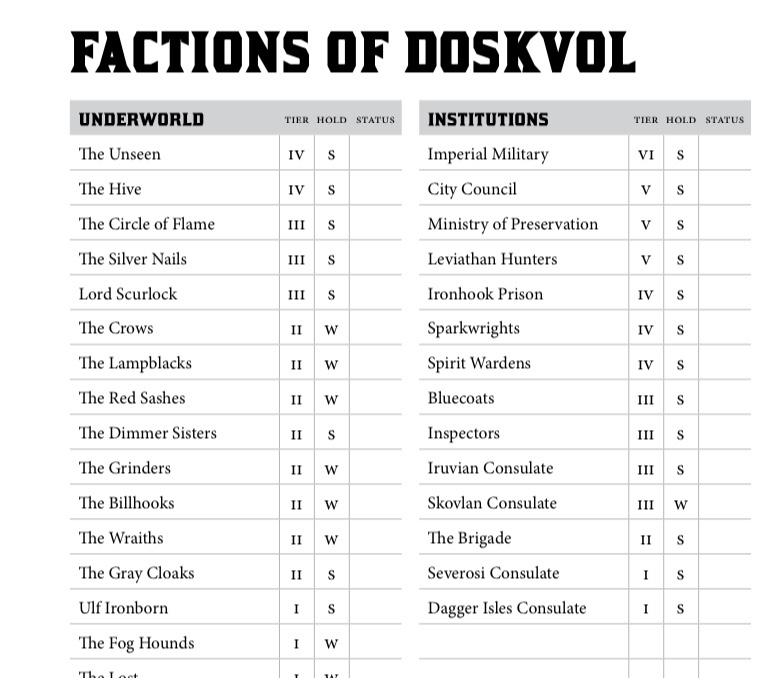
I mentioned yesterday that there was another technique I wanted to write about which required some preamble. Now that the preamble is done, this is the original post.
This is one of my go-to techniques for making a world feel lived in, but I just realized that I’ve never actually written it down or even explained it before, so I figured I’d rectify that.
Very simply, when I introduce an NPC, I always put a little bit of extra thought into how the PCs will get back in touch with them.
Like I said, very simple, but the devil is in the details. The root of this comes from one of those awkward bits of simulation it’s thinking – in the absence of ubiquitous cell phones or the like, it is not very easy to actually coordinate communication with someone, especially someone who might not be inclined to give you their home address (and who in their right mind would trust the average group of adventurers with their address?)
The solution to this, both in game and in fiction, is to tie people to places. For some, this might be an actual address where messages can be sent, but the idea still applies to those looking to be more mysterious. They should still have some sort of anchoring location where they check in, so that if they need to be reached, there is a place to go or leave a message or the like.
This should be true even if they don’t want to be found. Even if they don’t want to communicate with the PCs, they presumably want to communicate with SOMEONE, and they will have at least one place for doing so, and that’s useful to know.
Now, there is plenty of space to elaborate on this idea. If we’re dealing with spies and intrigue, then characters will have entire collections of places they use in this way, plus various rules and precautions for dead drops, secrets, codes and so on. If you’re doing a game with intrigue elements, the topic of how things get communicated is a rich source of game material. But even if you set that aside, the most basic form of this technique will still help your game.
This is because anything that ties a character to the setting in a palpable way stands to enrich your game. If the NPC is tied to a place, they have indirect ties to anyone else tied to that place, and that’s incredibly powerful. Connections between elements are what make a setting feel alive, and this is an easy way to add more connections without doing any extra work. After all, this is a question you’d need to answer anyway, so why not do so usefully?
In terms of yesterday’s post, I’d call out that the question of how you communicate with someone is an opportunity to ask an asset question, one which connects a person to a place. You might link to an activated or potential asset as the situation dictates, but by the simple act of tying things in, you’re enriching your game.
